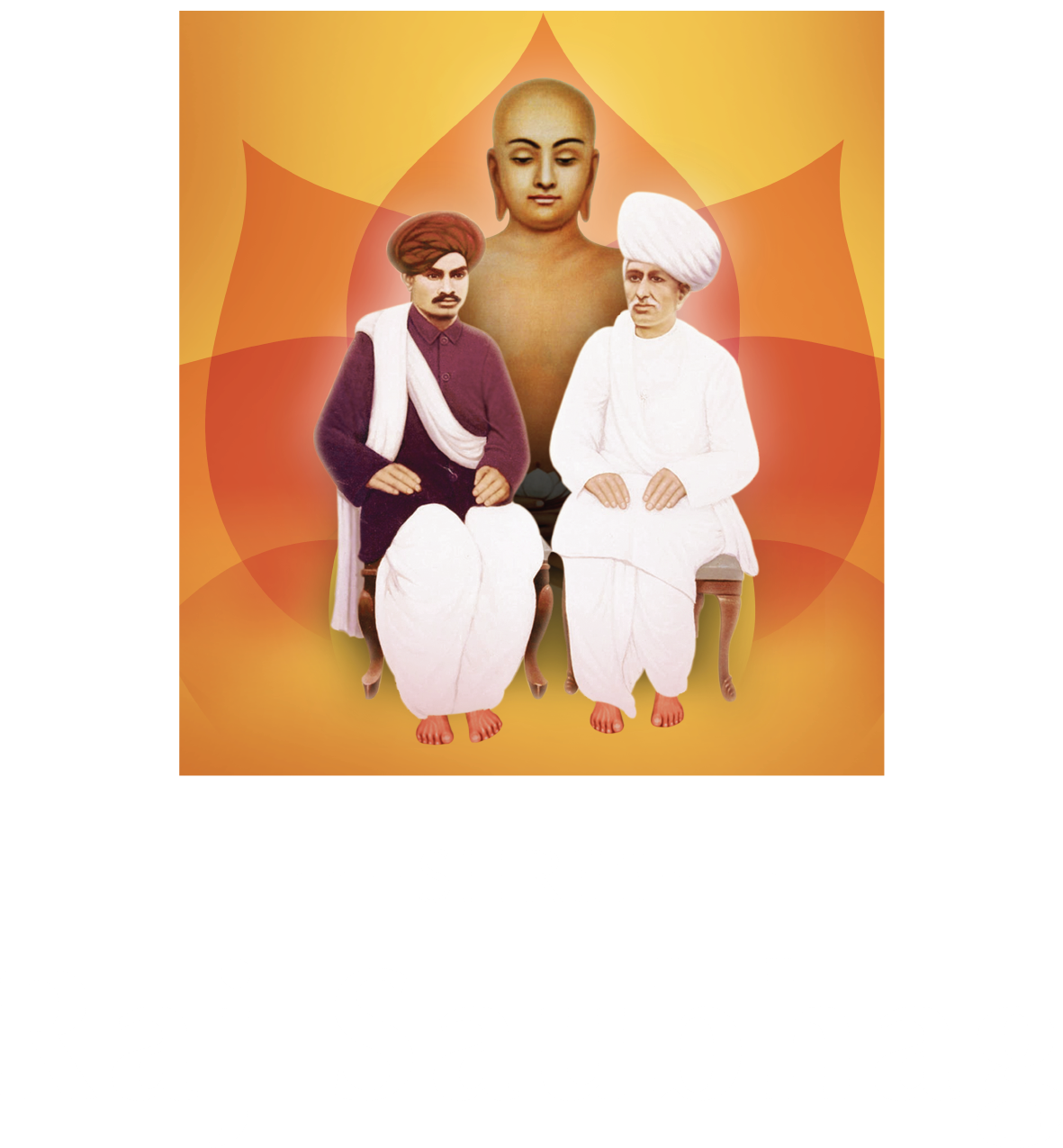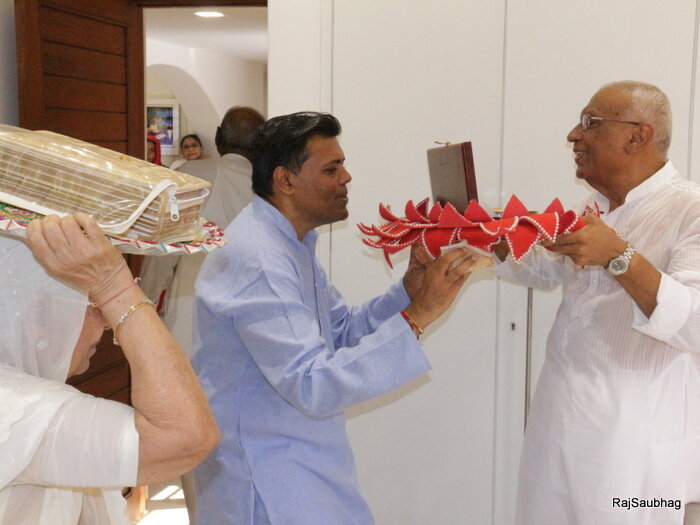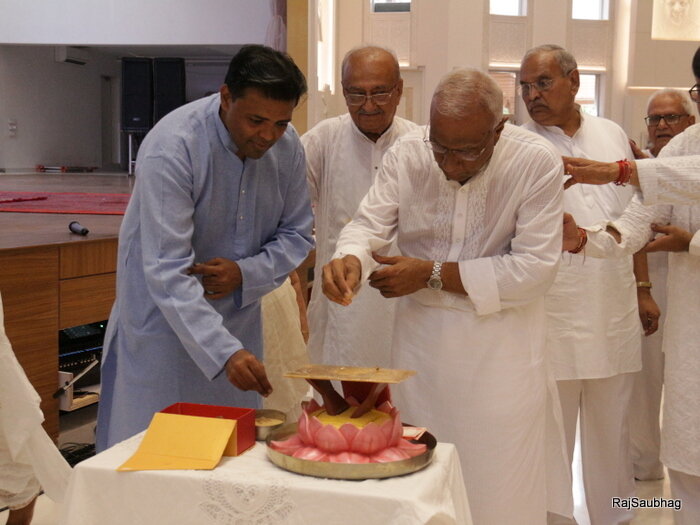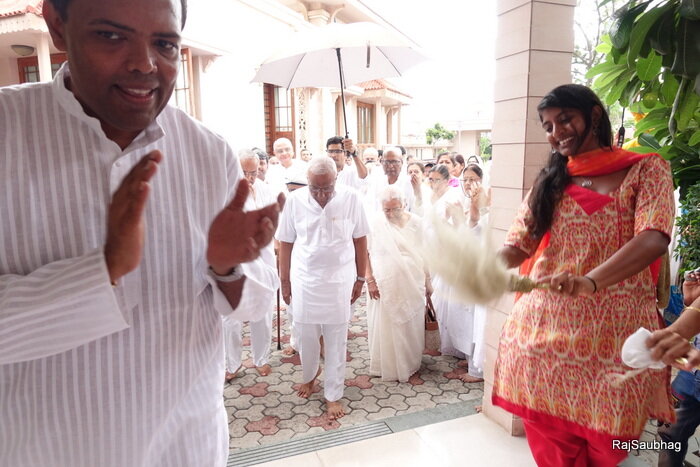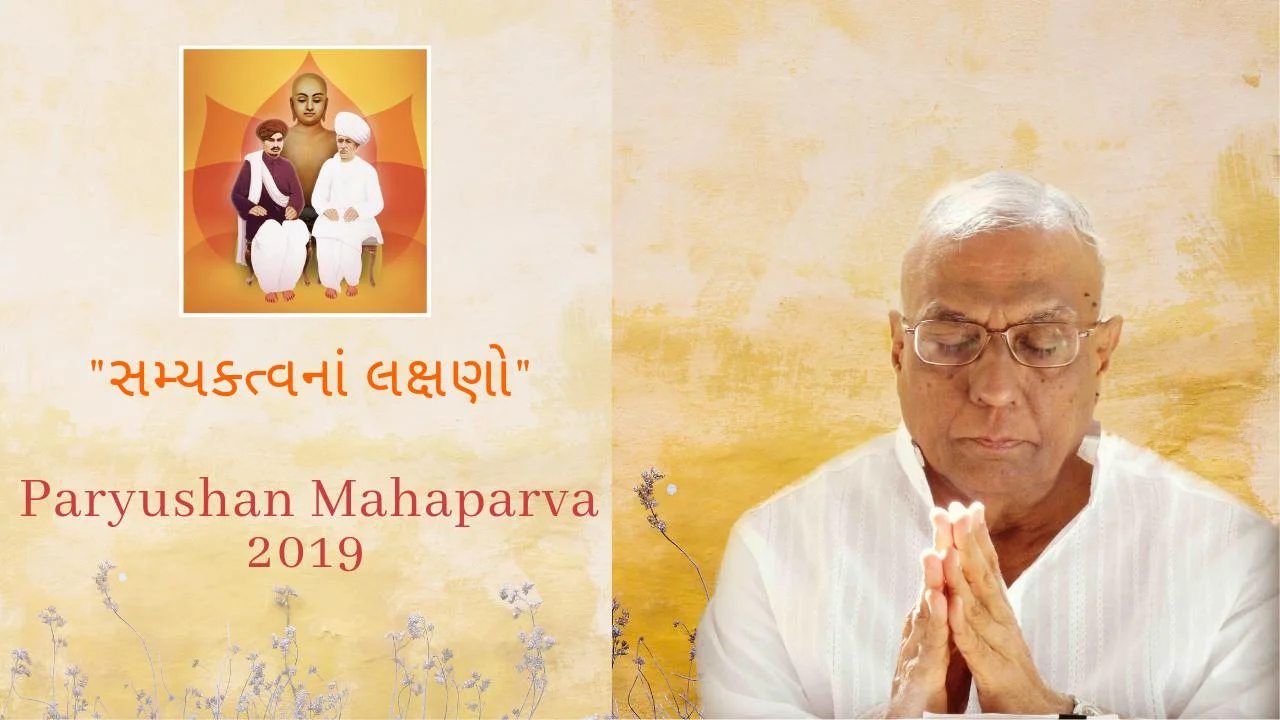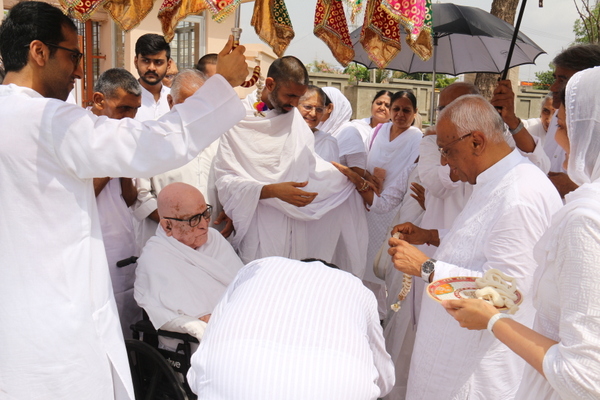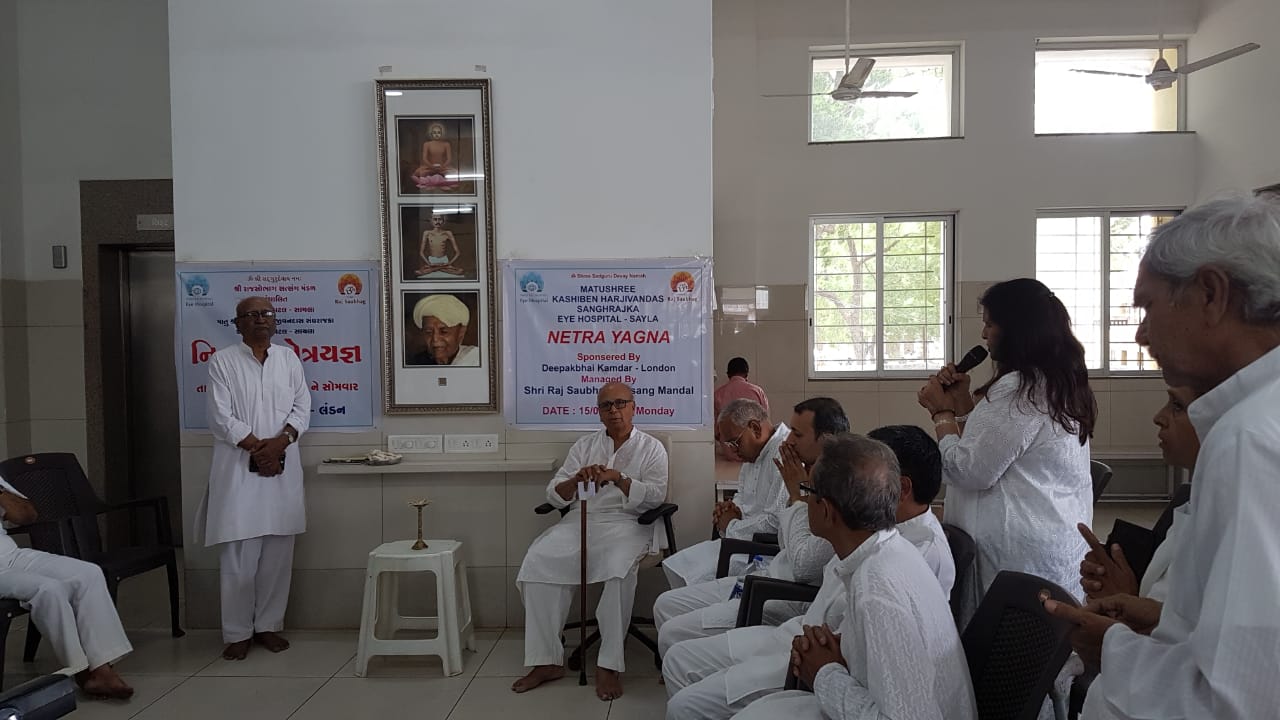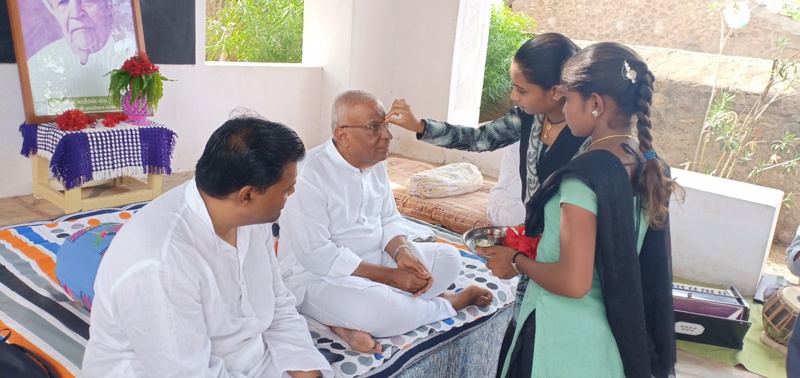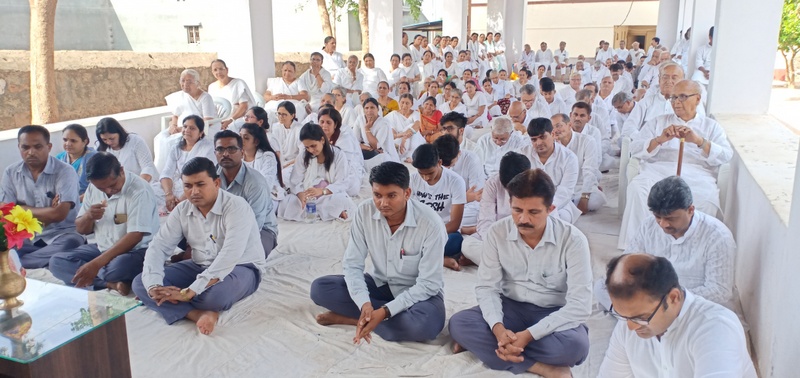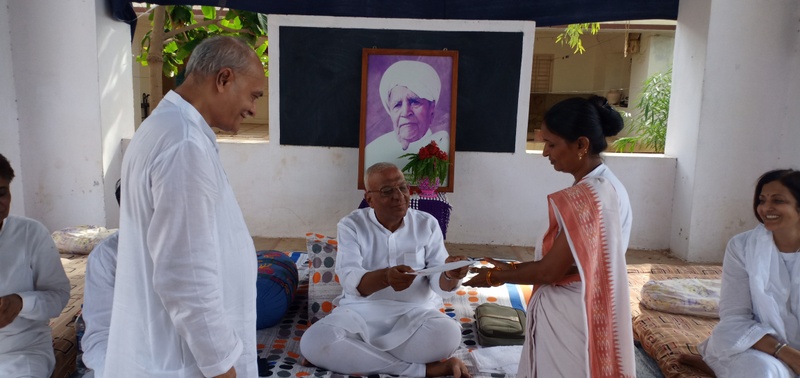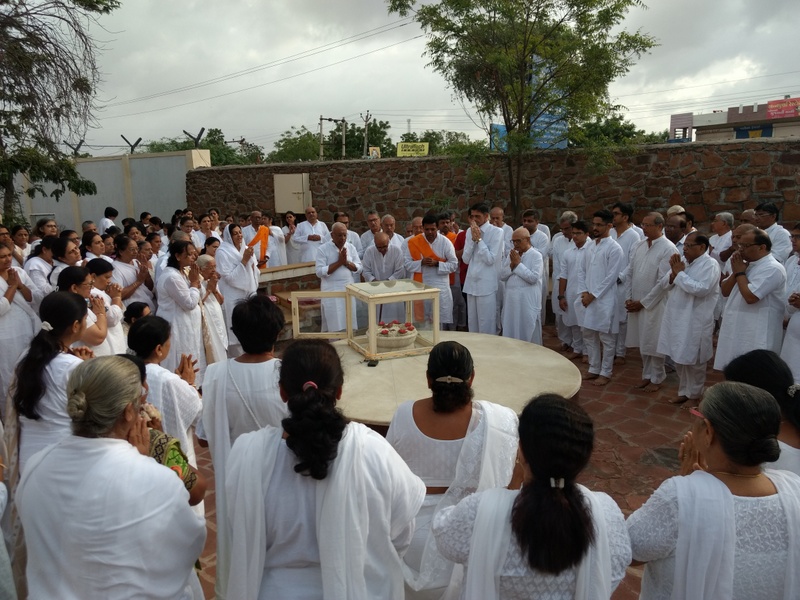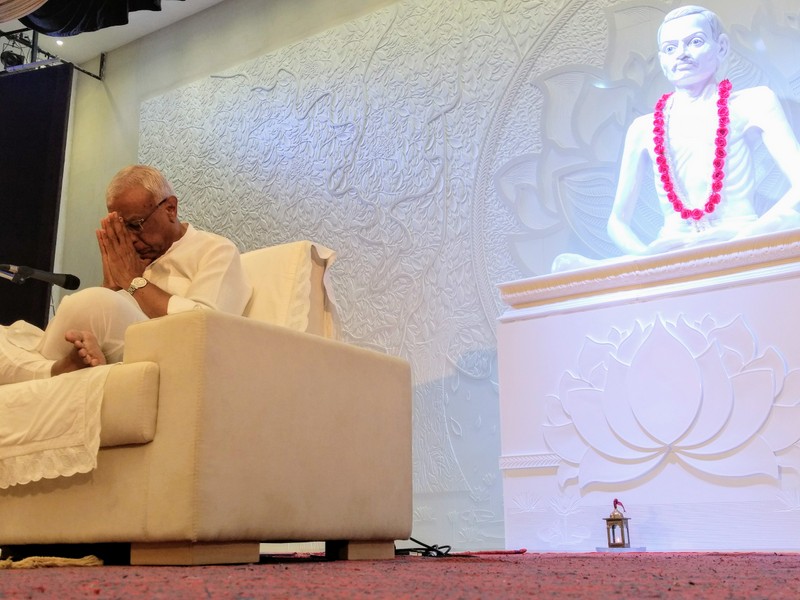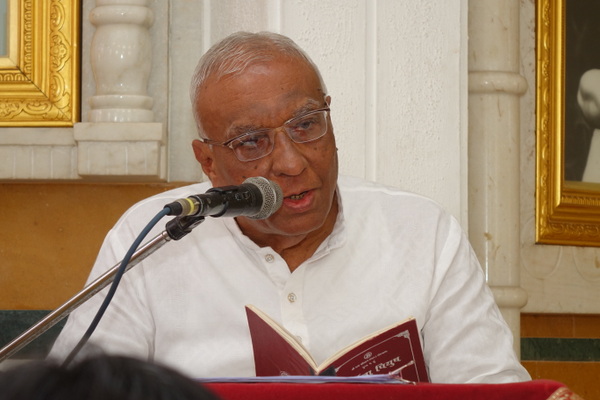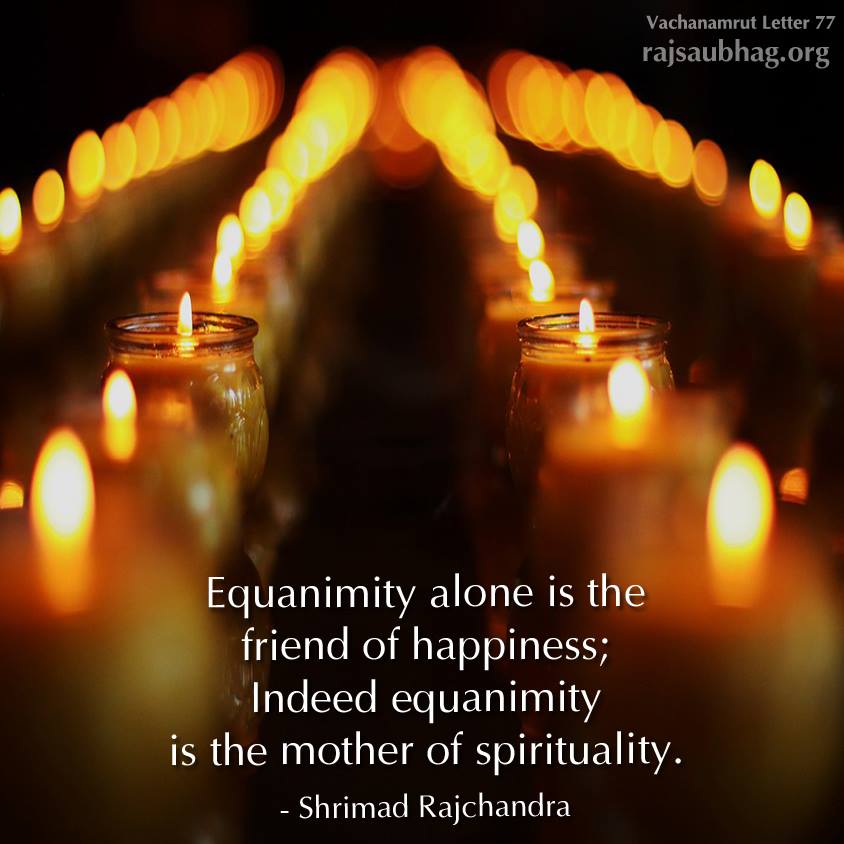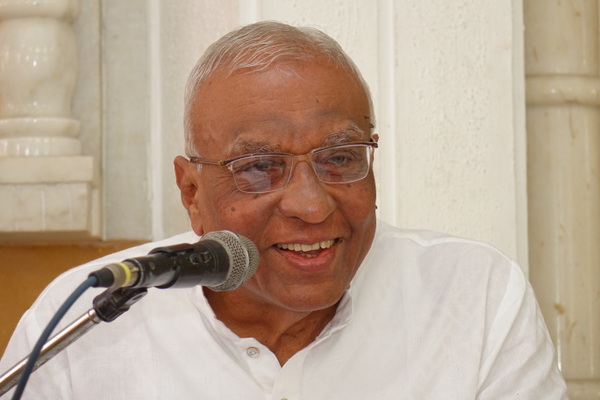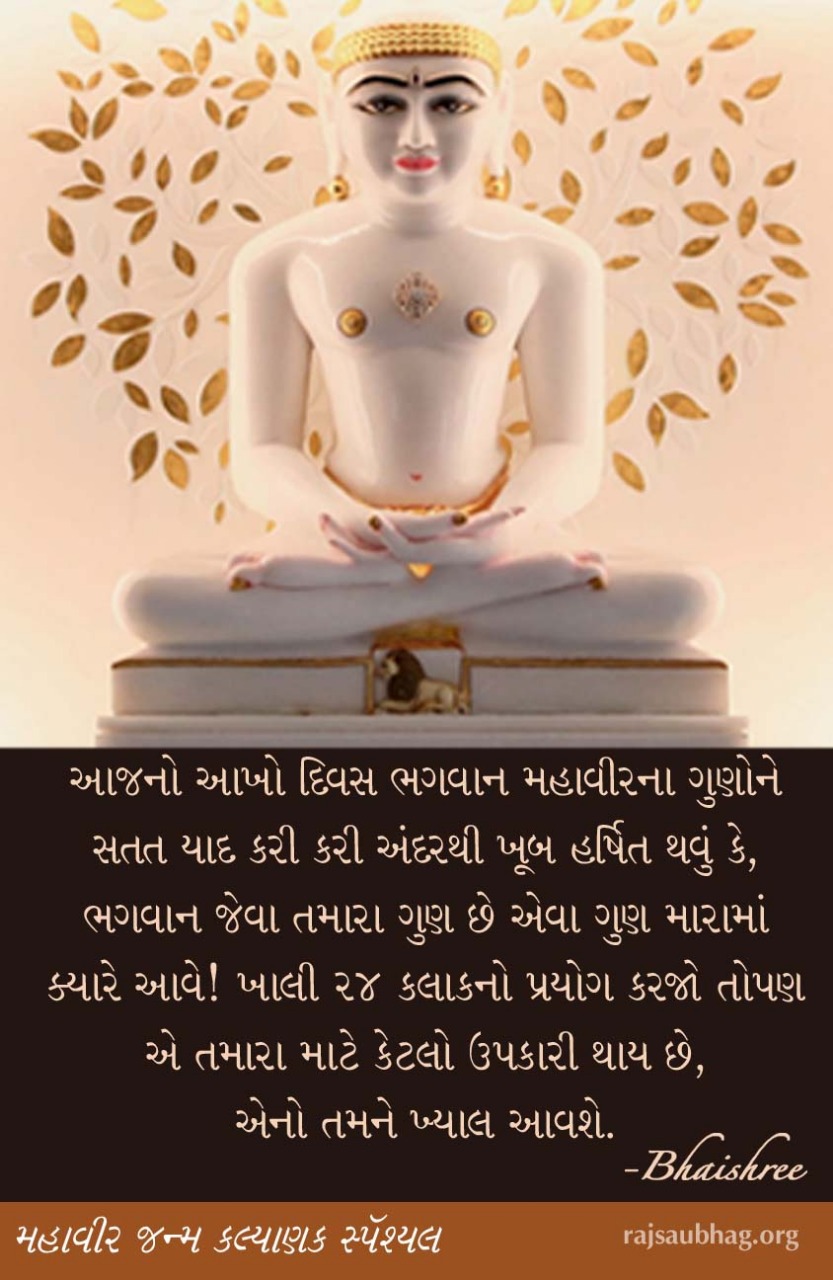This was a unique opportunity to be able to spend the entire Paryushan Parva in Sayla. While Paryushan passes every year, this experience truly resonated with the sentiments and true goals of Paryushan, with daily pratikraman and Kalpasutra readings. However, even in the midst of what often can be considered rituals, Param Pujya Bhaishree made it a point to keep us constantly aware (jagrut). Personally, he advised me to keep the importance of dhyan at the forefront throughout all of the kriya (ritual) and spend as much free time in saadhana. In addition, he used the first 3 days of swadhyay to step by step prepare each and every mumukshu for our true goal – Samyak Darshan (knowing our true self).
He started by describing the five lakshan of samyaktva, or the five virtues paving the path to self-realisation. These 5 virtues, sham (equanimity), samveg (the desire for only moksh), nirved (no other worldly desires), aastha (unwavering faith), and anukampa (compassion and empathy) are necessary for us to have in order to attain self-realisation. Bhaishree spent an entire swadhyay on each virtue, using stories and conversations between Lord Mahavir and his first disciple Gautam Swami to definitively instill the importance of these virtues. He constantly provided us with techniques to evaluate and measure our own progress as we move forward to truly embody these characteristics. One by one, he prepared us for the upcoming days, to keep our constant focus on these lakshan such that we could move further along this marg, as we adapt them into our practical reality.
Then, with all these tools in hand, we began the Kalpasutra readings on day four of Paryushan. It was important to understanding that at the end, as we get closer to Kevalgnaan and Moksha, we do eventually have to give up all these worldly pleasures and take diksha (renunciation). And even more so, seeing the stories of four Tirthankars, with the emphasis on Bhagwan Mahavir’s journey to Moksha, caused everyone to constantly reflect on their own journey, where they stood and what is coming.
The most important message, I felt, was that as living souls, we have all made countless mistakes, just like Lord Mahavira had in the past, but with the true marg and resolve, it is possible to endure all the associated karma and eventually reach salvation. His story gave inspiration, and at the same time, awareness of the mistakes and hurdles we are currently encountering, such that we can continue to push forward on this marg.
Every evening, as we did pratikraman, we again found ourselves evaluating our own journey and shedding light on the constant cycle of karmas. Each day, with each pratikraman, I felt lighter, as if I was shedding previous wrong-doings and, hopefully, preventing new ones from building as rapidly. However, not until Bhaishree shared the true meaning behind pratikraman, at his very last swadhyay on Samvatsari, did I feel the full effect. He shared that in pratikraman, we are leaving all vibhaav (outward sentiments that are not in the soul’s true nature) and turning to swabhaav (soul's true nature). With this awareness and sentiment, I sat for the Samvatsari pratikraman and it was a completely different experience, with total focus on staying within.
Kunj Sheth, USA
